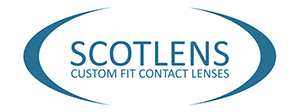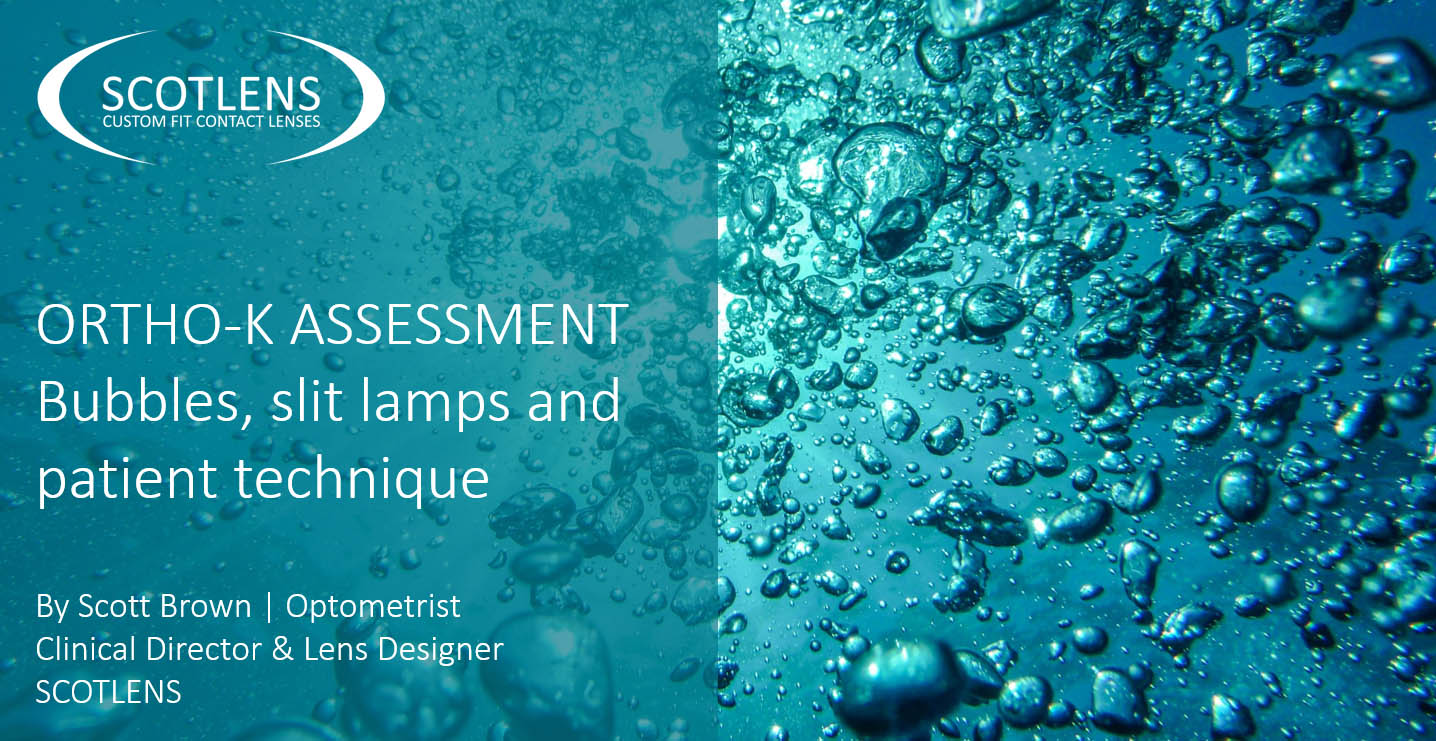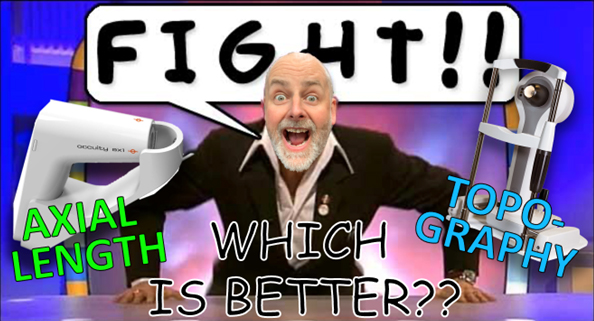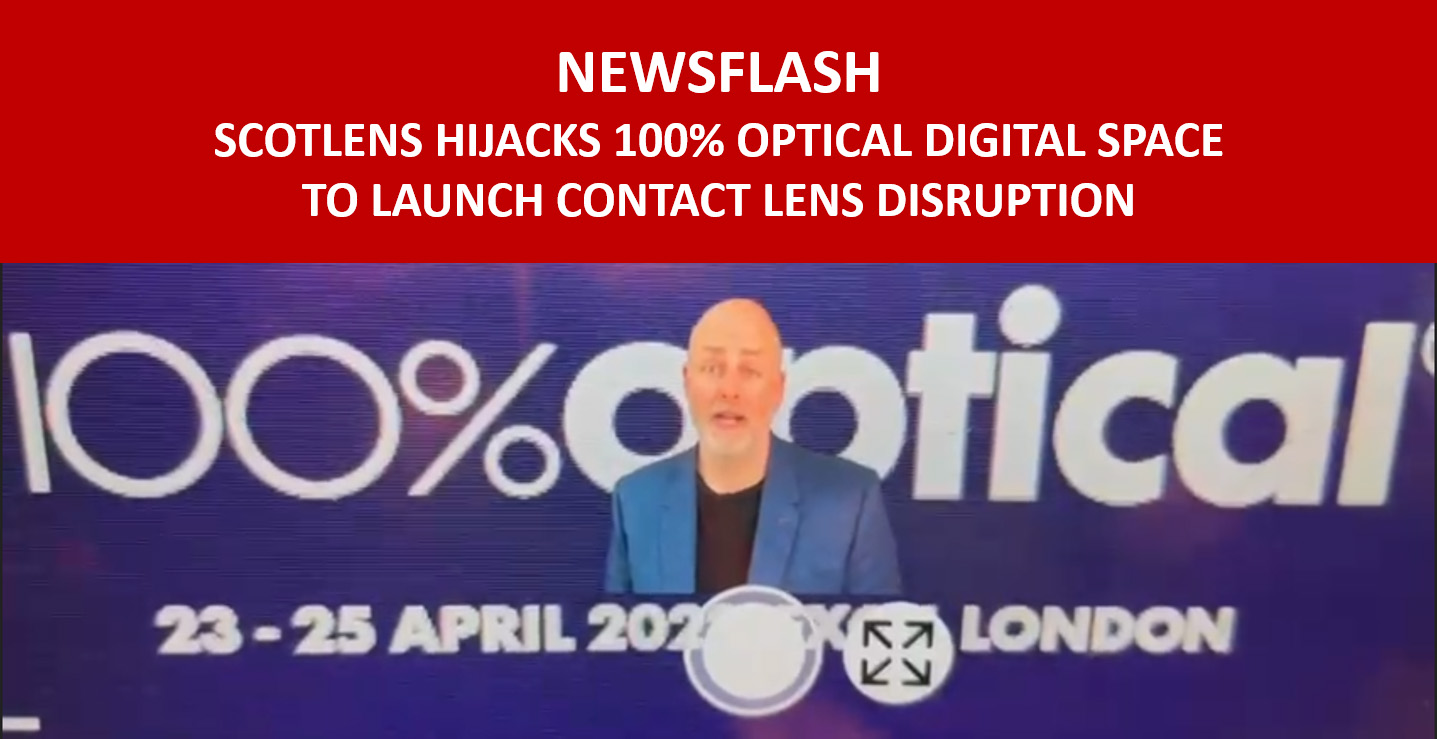By Scott Brown
Scotlens | Clinical Director & Lens Designer
How much should we depend on slit lamp assessment of ortho-k lenses?
The accuracy of Scotlens designing lenses to your topography means we don’t depend on the open eye fluorescein (NaF) assessment for lens design. A lens on eye assessment is still worthwhile during the application and removal appointment, mainly to see if lenses are being applied without trapping a bubble. The lens fit information you’ll get is very limited due to it being the open eye lens fit (Nocturnal night lenses are designed to fit behind the closed lid) and the crude accuracy of NaF assessment, so I don’t subject patients to a long slit lamp assessment.
So the information you want to get is:
- Is the lens in without a bubble?
- Is it moving with blink and within the limbus?
- Is there an edge lift that provides tear exchange (if NaF is under the lens, then the answer to this is yes already)
Centration, touch, excessive clearance can’t be accurately assessed and will come from the topography following wear. Lenses are designed to fit behind the closed lid, not in the open eye.
What if there are bubbles?
Dimple veil caused from a trapped bubble in insertion is pretty uncommon with ortho-k if good lens application is learned. If a bubble is trapped the night before we see a patient for follow up, it gives us a dilemma that they may not be getting appropriate correction. Hopefully the patients says “for some reason that is eye much worse then normal”, suggesting it is a one off. But if the patient is new to wear and doesn’t know what ‘normal’ is, then it can cause us doubt.
Getting lens application technique good is the main aim with wearers. I don’t worry too much if there are a few trapped bubbles under the lens when they are learning the application, as if they have good technique it is unlikely to affect them often.
Bubbles will be seen under the mid periphery of the lens. These don’t indicate poor lens fit. A bubble is usually down to insertion technique. I find patients are more prone to trapping bubbles when learning on their left eye as they tend to be using their right hand.
Perfect patient technique vs ‘getting them going’
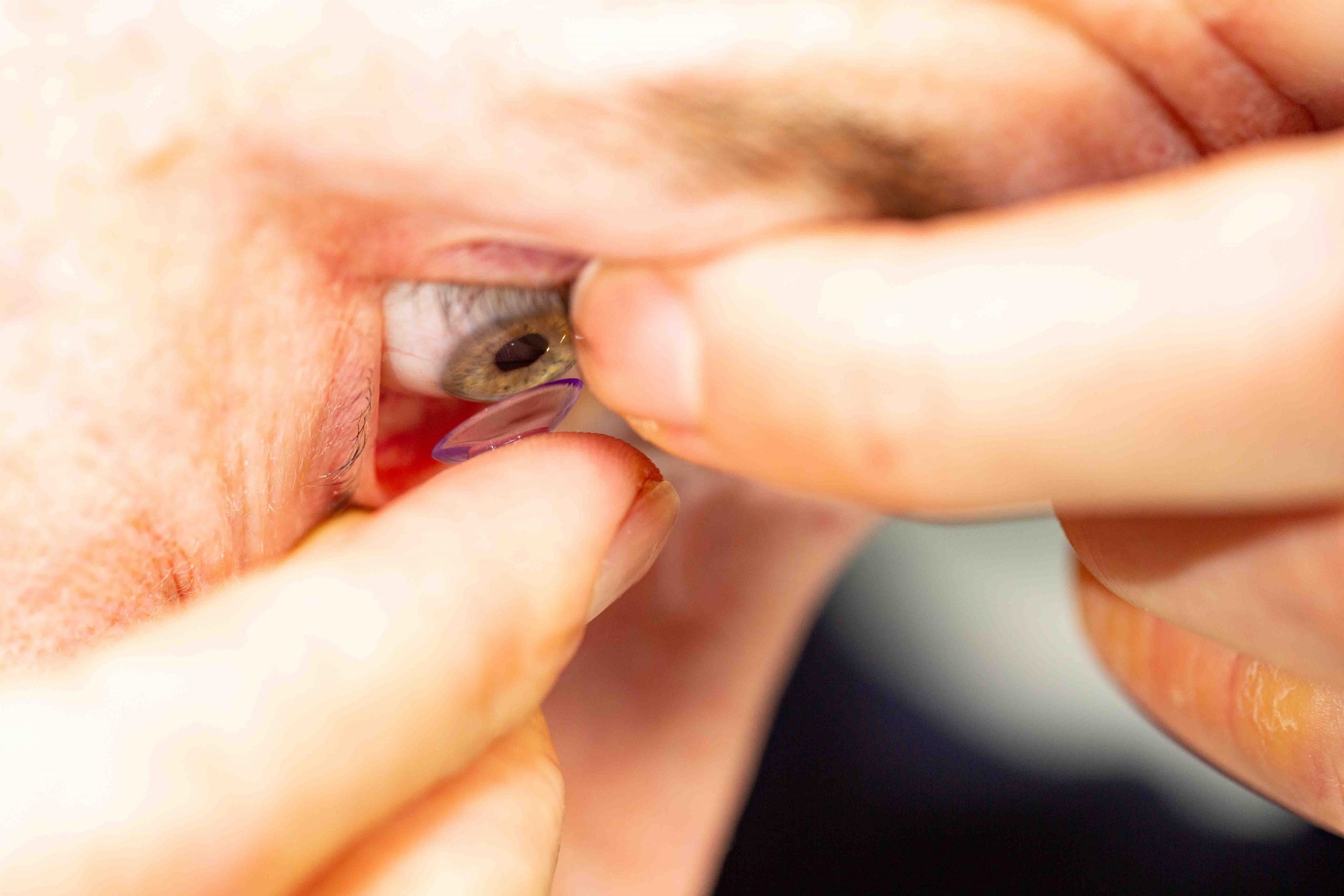
Yes, it’s important to get application technique perfect with patients. However, because lens handling is new to them, any who struggle and aren’t naturals from the offset, I usually focus on just get them going initially. I let them get used to it all and then teach them better technique a couple of weeks later when they understand it all better and can pick it up quicker.
I had a teen last week who couldn’t get the lenses in with an extra drop of solution in them. He is a boarding student, so doesn’t have support at home. Rather than worry him about not being able to insert with perfect technique, I just got him started with putting the lenses in from the solution, so wet but without a drop. He was fine and down to -0.50R&L after one night. I will teach him to remove without a sucker and insert with solution when I see him next week. By then he’ll be over his initial difficulties.
Is it always application technique and not a bad fitting lens?
If you think about scleral lenses with hundreds of microns of clearance – they can be inserted without bubbles. The 100um gap in the mid-periphery of a OK lens can be prone to trapping a bubble, but it is the insertion technique that is the cause. Higher correction need to have more clearance, so it is normal for -5.00 patients to be more prone to trapping a bubble than -1.00. But the gap is needed, and it varies between around 60um for a low correction to 100um for higher. When we alter OK lenses we tend to alter in 5um steps, so even a fit that needs a few steps of alteration won’t alter a 100um gap much.
